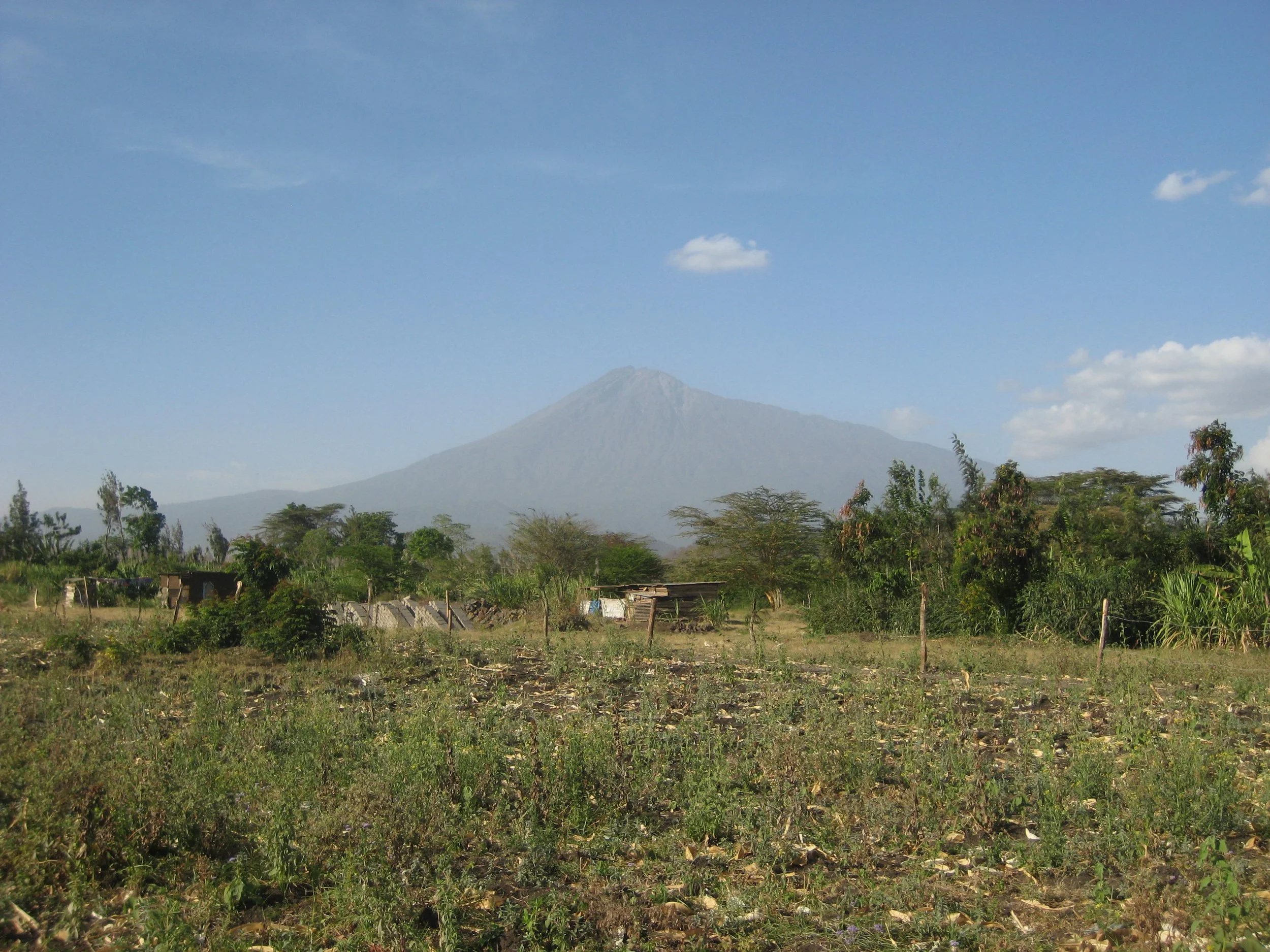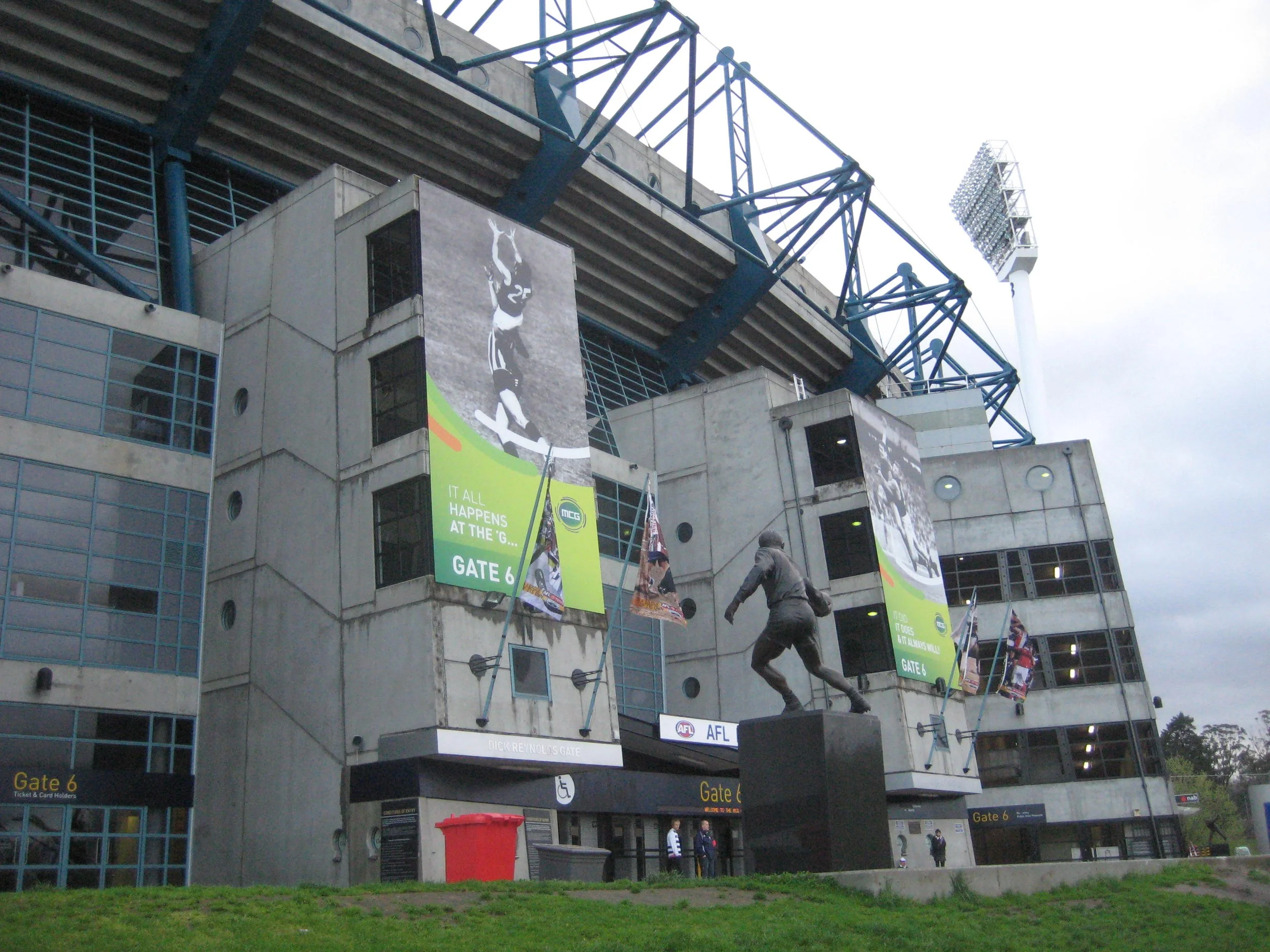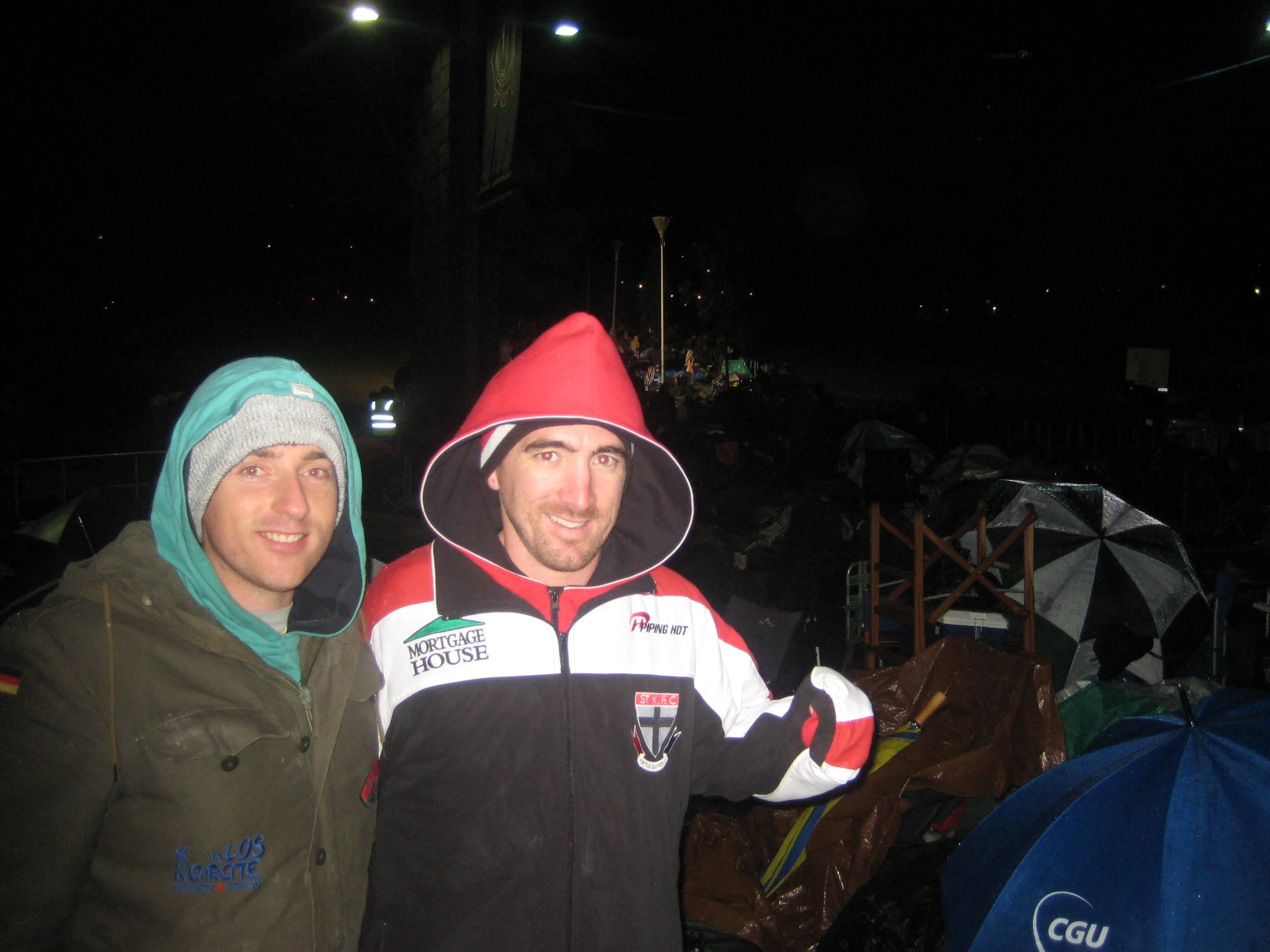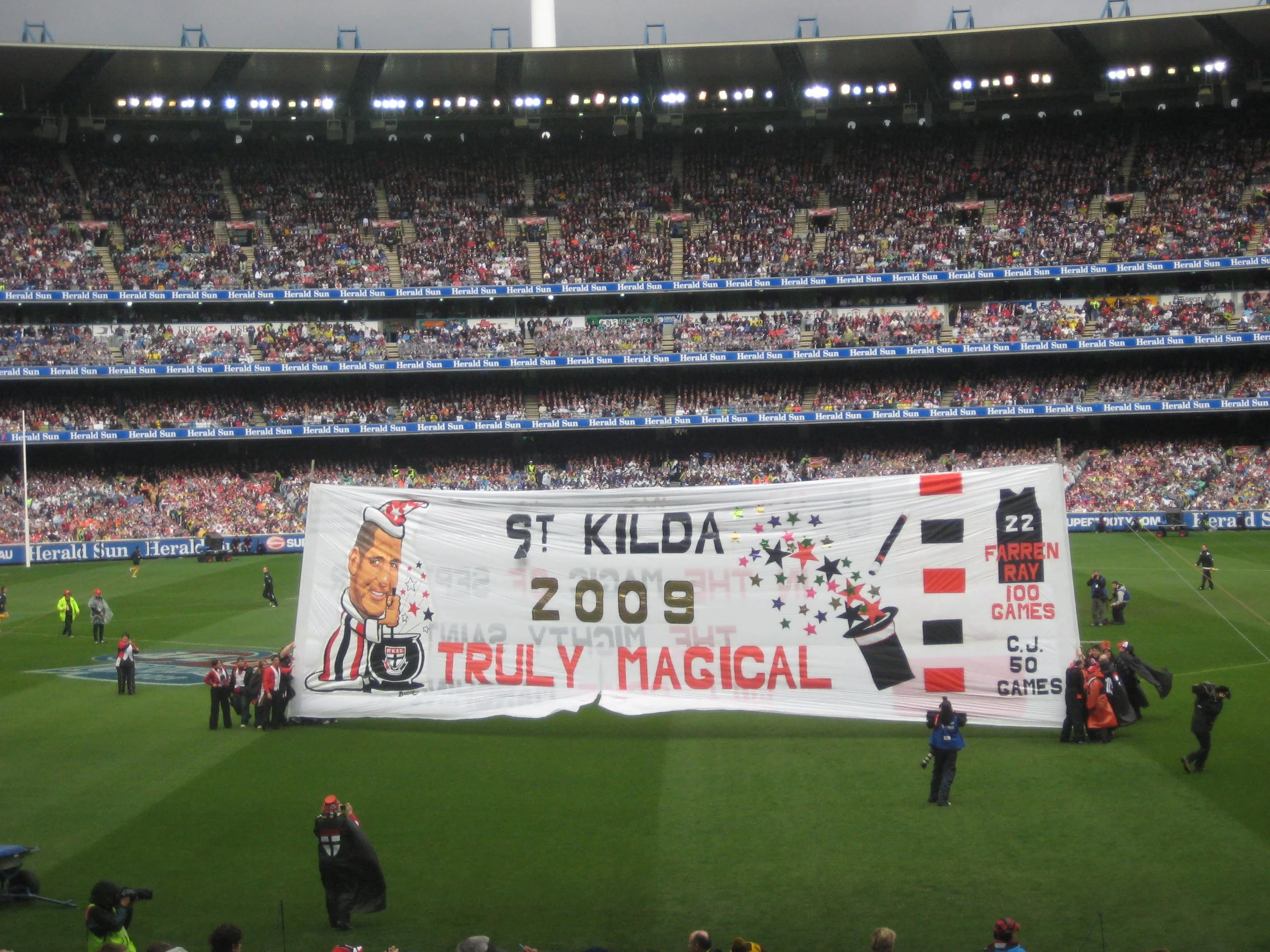A Saintly Hajj
‘Mtaka cha mvunguni sharti ainame’ Swahili proverb.
‘He who wants something from under the bed must stoop for it.’
The Great Rift Valley cuts for thousands of kilometres through the African continent. From its origin in the Ethiopian highlands, the land is sliced open. Plunging chasms, majestic rockfaces, and ancient valleys offer a flourishing sanctuary for Africa’s flora and fauna. The fertile ground has also provided ample hunting grounds for the people that evolved here, the Afar and Kalenjin, Turkana and Maasai. The series of cracks and depressions runs all the way down through the Great Lakes of Tanganyika and Malawi before it comes to an end in Mozambique, in the southern reaches of the continent.
On the journey to Arusha in northern Tanzania, deep fissures cut through the arid land. Where once mighty rivers flowed, bringing colour and life, now only remnants remain. Rocky outcrops and emaciated shrubbery. Winds blow across the stripped earth, whipping up twirls of dust that flit about before blowing themselves out. With one final, violent puff they explode and disappear into nothingness. On the horizon, silhouettes of withered acacia trees and wandering Maasai tribesmen. The skeletal branches of the acacia stretch outwards, providing oases of shade, while the nests of weaver birds hang like forgotten Christmas baubles. The Maasai people, who have called this place home for thousands of years, wander throughout the barren landscape. Their lean frame matches that of the acacia, and their shukas, wraparound blankets of red and blue, flap and wave in the breeze. The Maasai amble along the roadside, carrying long sticks to herd their cattle and wearing sandals made of old tyres. Further in the distance, the peaks of Tanzania’s mountains collide with the sky. Meru, Ol Doinyo Lengai and the grandest of them all, Kilimanjaro. The volcanic behemoths, all long dormant, reach towards the heavens, with snow blanketing the roof of Africa.
Mt Meru, viewed from Engosengiu
In the villages and farmlands that surround Arusha, placenames speak of the days of pre-colonial Africa. The Maasai tribes that once cared for this land have either left, pushed out by the city’s expansion, or have been forced to integrate, adapting to modern, urban life. Yet their names live on. Engarenarok, where water flows from black rocks, Lengijape, a cold place, and Olorien, trees with a pleasant aroma. Engosengiu is the name for a small termite mound, and for now, the place I call home.
‘Exhort all men to make the pilgrimage. They will come to you on foot and on the backs of swift camels from every distant quarter… then let the pilgrims tidy themselves, make their vows, and circle the Ancient House.’ Holy Quran
More than 10,000 kilometres away from the village of Engosengiu, in Melbourne, Australia, a football final is taking place. On a cool September evening, St Kilda and the Western Bulldogs are playing off for a spot in the 2009 Grand Final. At the dawn of every spring, the city is consumed with football fever. Fans of all creeds and colours flock to pubs and huddle around television sets. Black and white mix with red and blue, and blue and white sit alongside brown and gold. The MCG stadium, football’s mecca, comes alive in September, as stories of legend and heartbreak unfold on its hallowed turf. On the last Saturday of each September, another chapter is be etched into the history of Australia’s indigenous game. With a combined history of 197 seasons in the league, the Saints and Bulldogs can boast of only one premiership each. For the two most unsuccessful clubs, tonight offers the chance to vie for a second flag.
In Engosengiu, in the early hours of a Saturday morning, the commentary of the match is streaming through a dodgy internet connection. Sitting inside an otherwise vacant classroom at the village school, I listen intently to the scratchy broadcast. Since arriving here five months ago, this has been my weekly routine. For the first 19 weeks of the season the Saints did not lose, defeating every opponent they faced, some easily, others narrowly. Two losses and a win rounded out one of the greatest seasons in club history. Now, in the final minutes of the preliminary final, the Saints are clinging to a one point lead. I have already booked my ticket to Australia and am hoping like hell that we make it. To see the Saints in the Grand Final is a once in a generation opportunity and I am now sweating on the result. What a time for the connection to falter.
With three minutes to go the ball is in the Bulldogs’ forward line. The commentary is intermittent, with moments of silence in between frantic calls, ‘Hayes kicks it long… Hahn flies for a mark… good tackle Riewoldt.’ I have no idea what is going on as the snippets of information pop through as if from a morse code operator with a stutter. Two minutes left, ‘Goddard gets back… Bulldogs have the extra man… Hayes kicks it towards the pocket… out of bounds.’ Ninety seconds to go and the Saints lead by a point. ‘The ball is thrown in… high kick from Dal Santo… Ree… volt! Riewoldt!’ The roar of the crowd crashes throws the computers speakers. The energy of one hundred thousand people on the other side of the world swamps the concrete room. Nick Riewoldt, St Kilda’s captain has kicked a goal to put the Saints seven points ahead. I bang on the desk and jump from my chair in celebration. We’re going to make it! The live score refreshes on the screen, 60 points to 53. One minute and 15 seconds remains, and I pace the room as the snippets of information continue to be drip fed, ‘Hahn marks on the wing… long kick inside… Koschitzke marks… a kick from Murphy… SIREN! St Kilda win! St Kilda win!
‘Tell your heart that the fear of suffering is worse than the suffering itself. And that no heart has ever suffered when it goes in search of its dreams, because every second of the search is a second’s encounter with God and with eternity.’ Paulo Coelho, The Alchemist
My pilgrimage begins days later, my own personal hajj, beginning in a dusty concrete classroom with its rickety wooden desks, leading to the gates of the colossal MCG stadium. The first leg of the journey is from Arusha to Dar es Salaam, Tanzania’s sprawling coastal metropolis. The 12 hour bus ride skirts the edges of the Great Rift Valley, passing the towns of Same, Mombo and Mkata before we hit the coast at Bagamoyo and eventually arrive in Dar. There, I stay with Gene, a US embassy worker from Missouri. He has little interest in sports and is surprised that anyone would travel halfway around the world for a football match. After 24 hours in the stifling humidity of Dar es Salaam, the first leg of the two flights home is to Dubai. I board the plane wearing my red, white and black St Kilda guernsey, as any other pilgrim would wear their religious robes on route to their own Holy Land. At the glittering Dubai airport, home feels that little bit closer, and there is a spring in my step as I stroll through the terminals. On my way to the gate, I hear a name call from above, ‘Go you mighty Saints!’ I spin around, and there on the upper level, the light glowing around him, I see another Saintly pilgrim. Travelling to the sporting mecca from another corner of the earth, he is dressed in the same tri-panel. ‘Come on your Saints!’ I reply, and it’s heartwarming to encounter another zealous Saint on the homeward journey. The 13 hour flight to Melbourne marks another point in the voyage, yet I have flown all this way without securing a ticket to the game. There are many more long hours remaining.
Football's mecca, the Melbourne Cricket Ground
On the Friday before the game, I arrive at the MCG at midday. The gates open at 8:00am on Saturday and I am third in line. After a 12 hour bus ride and then a 24 hour door to door flight, from Dar es Salaam to Melbourne via Dubai, there is still 20 more hours of waiting. Throughout the afternoon and evening, more and more Saints faithful gather at the ground. We share memories of the season, play boardgames and cards, drink coffee and mind each other’s spots in the queue when we need food and toilet breaks. The atmosphere of Grand Final eve is one of the most thrilling times as a football fan. It is the last moment of enjoyment, where the dreams of victory dance in your mind. Where you can imagine the feelings of ecstasy that will be unleashed with a win. It is the night before a tense and nerve wracking morning and afternoon, and a game that will be followed by either crushing heartbreak or momentous exhilaration. Nearby the gates, a coffee van serves free cups throughout the night. The caffeine, the cold, and the addictive anticipation makes it impossible to sleep. Sitting in a fold up camp chair, I nod off for about 30 minutes, otherwise am awake the entire night, in a state of excitement, tension and delirium.
Waiting outside the MCG, circa 2:00am
Following hours of darkness and little bit of rain, the sun peeks through the brooding clouds and gradually illuminates the sky. Grand Final morning is here, the moment every football fan dreams of. There is a flurry of activity as chairs and board games are packed away, sleeping bags and blankets rolled up and the crowd pushes towards the gates that are readying to be open.
‘I have always believed , and I still believe, that whatever good or bad fortune may come our way we can always give it meaning and transform it into something of value.’ Herman Hesse, Siddhartha
The St Kilda Grand Final banner, 2009
As it is with every Grand Final, the sound of the final siren sees half the crowd crying tears of joy, while the other half are simply crying. So it is with St Kilda, who lose a hard fought contest by 12 points. The hopes and dreams of breaking a 43 year premiership drought are shattered on a cold, damp and wintery day. Neutral supporters will speak of it as one of the great Grand Finals, an epic battle between two mighty teams. It is no consolation. The grey skies overhead match the mood of the red, white and black faithful, and they trudge out of the MCG, heartbroken once again. Yet these fans will endure, they are bruised and wounded, battered and scarred, though resilient. We will be back again next year, and the year after that.
As for me, less than a week later I begin the long and arduous journey back to Engosengiu, completing the same route in reverse. Was it worth it? Definitely. Would I do all it again? Absolutely.





